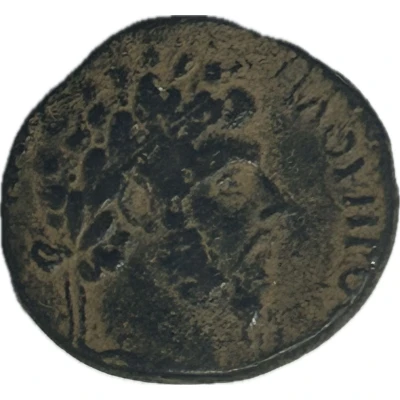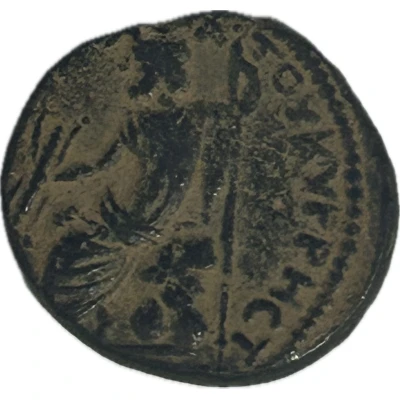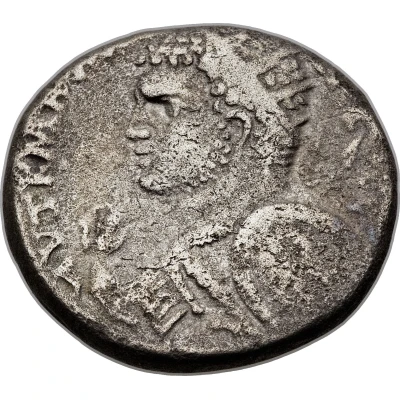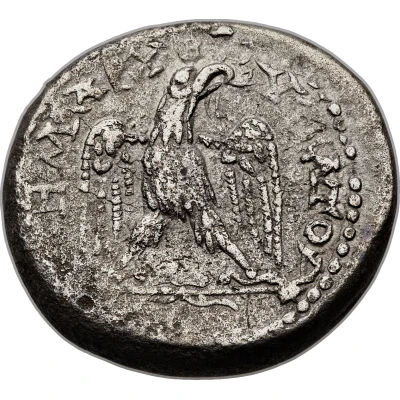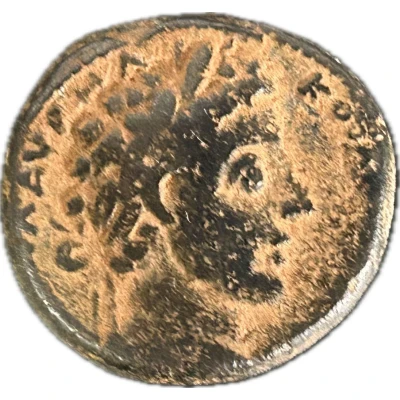
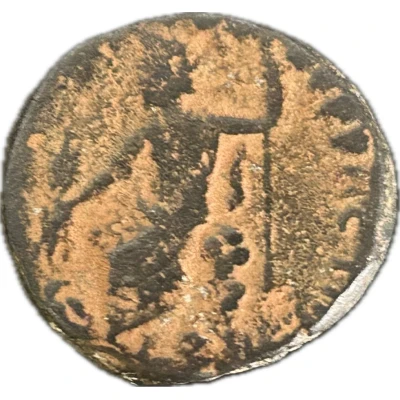

© LucasDallaSFranck (CC BY-SA)
Æ20 - Commodus KATEBATOY KYΡΡHCTΩN
| Bronze | 9.98 g | 20 mm |
| Issuer | Cyrrhus (Syria) |
|---|---|
| Emperor | Commodus (Lucius Aurelius Commodus) (177-192) |
| Type | Standard circulation coin |
| Years | 161-180 |
| Composition | Bronze |
| Weight | 9.98 g |
| Diameter | 20 mm |
| Shape | Round (irregular) |
| Technique | Hammered |
| Orientation | Variable alignment ↺ |
| Demonetized | Yes |
| Updated | 2024-10-06 |
| Numista | N#413750 |
|---|---|
| Rarity index | 94% |
Reverse
Zeus Kataibates seated left on rock, holding thunderbolt and sceptre, eagle at foot left.
Script: Greek
Lettering: KATEBATOY KYΡΡHCTΩN
Interesting fact
The coin , the Æ20 - Commodus (KATEBATOY KYΡΡHCTΩN) (161-180) from Cyrrhus (Syria) made of Bronze weighing 9.98 g, is a rare example of a Roman coin that features a Greek inscription. The inscription on the coin, "KATEBATOY KYΡΡHCTΩN," is in Greek and translates to "of the Emperor Commodus." This suggests that the coin was minted during the reign of Commodus, who was a Roman emperor from 161 to 180 AD. The use of Greek on the coin highlights the cultural and linguistic influences of the Greek language in the Roman Empire during that time period.
